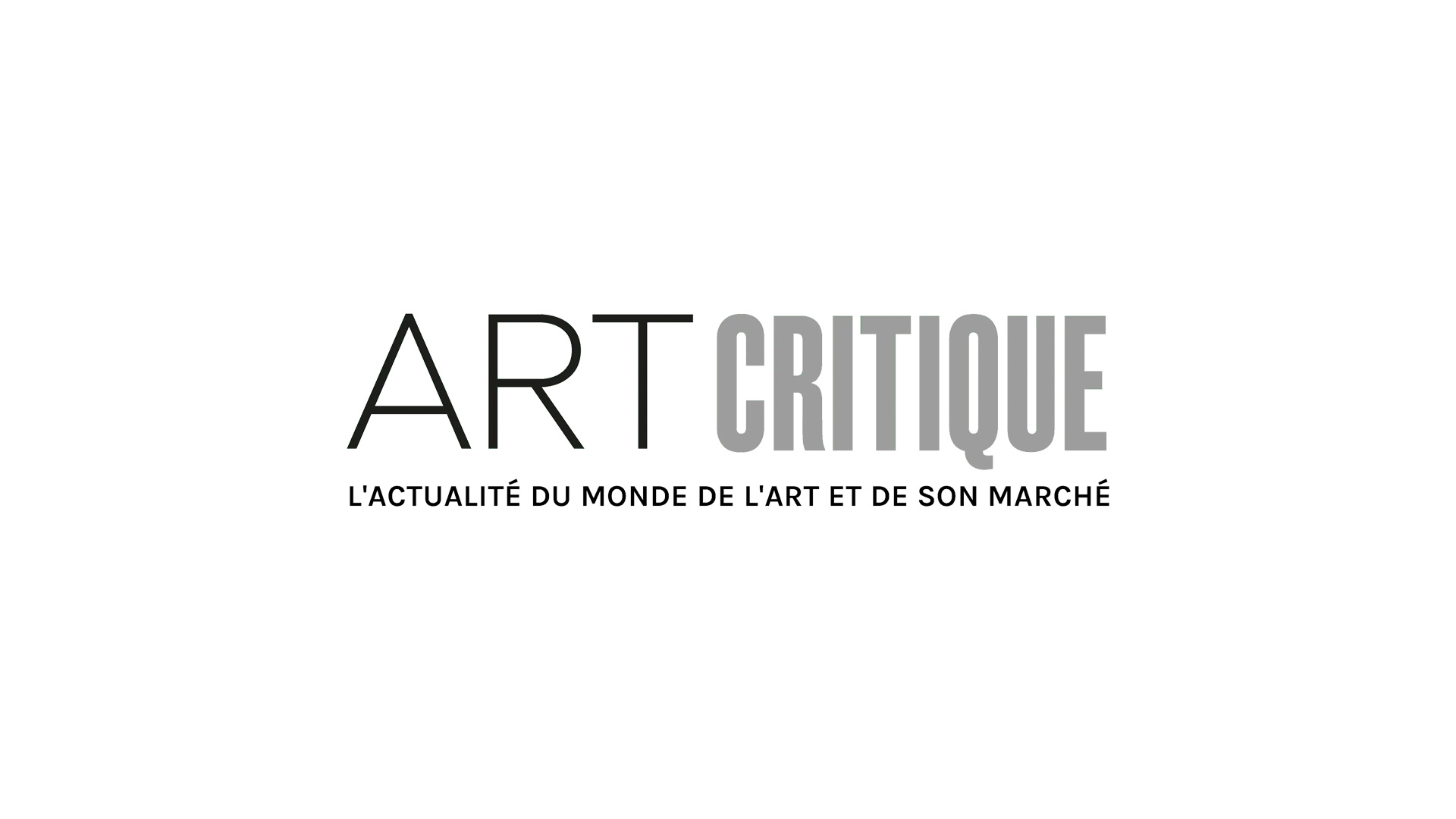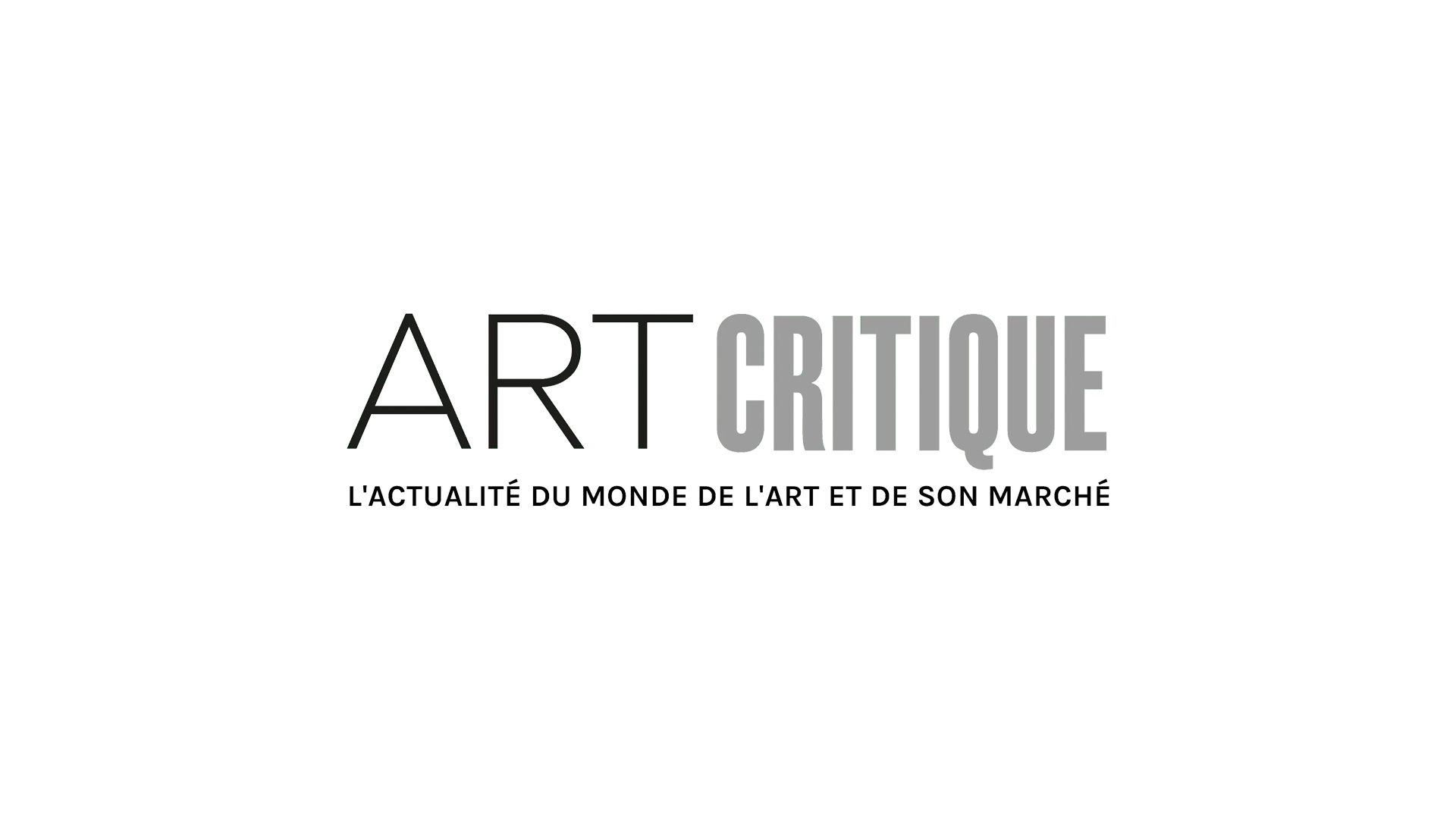Dating back tens of thousands of years, small sculptures known as Venus figurines are among the oldest known figurines that exist. Depicting women who are pregnant or obese – quite different to the depictions of Venus, like the Venus di Milo, with which you might be most familiar – these Venuses have generally been linked to fertility and beauty standards. However, a new study suggests that they might have served as a teaching tool that would’ve helped women survive pregnancy while living through some of history’s harshest climates in Upper Palaeolithic Europe.
Published recently in Obesity, a scientific journal, Richard J. Johnson, Miguel A. Lanaspa, and John W. Fox offer that variation in size amongst Venus sculptures was directly related to climate and proximity to glaciers. “Because survival required sufficient nutrition for child‐bearing women,” they write, “we hypothesize that the overnourished woman became an ideal symbol of survival and beauty during episodes of starvation and climate change in Paleolithic Europe.”

Among the figurines that the group studied is the Venus of Willendorf, perhaps one of the best known such sculptures. Discovered in Willendorf, Austria in 1908, the Venus of Willendorf is only around four and a half inches tall. The statue depicts woman with a large waistline and bosom, contradicting the typical physique associated with ancient hunter-gatherer societies. Carved out of limestone, little is known about her origins but it is thought that she was created around 28,000 years ago. Surprisingly, she isn’t the oldest Venus studied by researchers, which range from just 14,000 years old to 38,000 years old.
What Johnson, Lanaspa, and Fox set out to analyze was the waist-to-hip and waist-to-shoulder ratios of a number of Venus figurines from different locations and time periods. Their research yielded information that correlated with their hypothesis that in colder climates, particularly during periods of advancing glaciers, the Venuses were larger.
“During the period of advancing glaciers, the figurines located closer to the glaciers (Northern/Central Europe and Russia) had both greater waist‐shoulder and waist‐hip ratios than those from Southern Europe,” reads the study in part. “Likewise, the female figurines dated during the period of advancing glaciers showed greater waist‐shoulder and waist‐hip ratios than those after the Last Glacial Maximum, when the glaciers retreated. There was also a positive correlation between the waist‐shoulder and waist‐hip ratios in the individual figurine.”
The study further points out that the Venuses, often made of mammoth ivory, stone, and horn, were worn down and smoothed. Likely a result of being handled indicating that they were probably passed down through generations. The study proposes that the Venuses could have been used as tools to teach women coming into their childbearing years that increasing their own body fat would allow them to survive through difficult climates.
“During [the Upper Paleolithic period], the figurines emerged as an ideological tool to help improve fertility and survival of the mother and newborns,” Johnson, Lanaspa, and Fox write in conclusion. “The aesthetics of art thus had a significant function in emphasizing health and survival to accommodate increasingly austere climatic conditions.”






